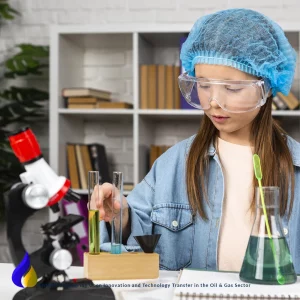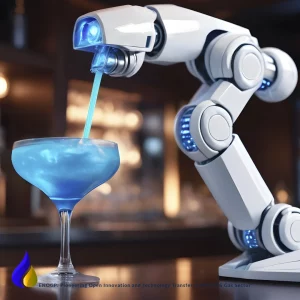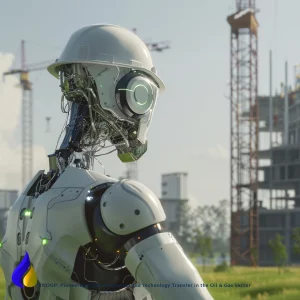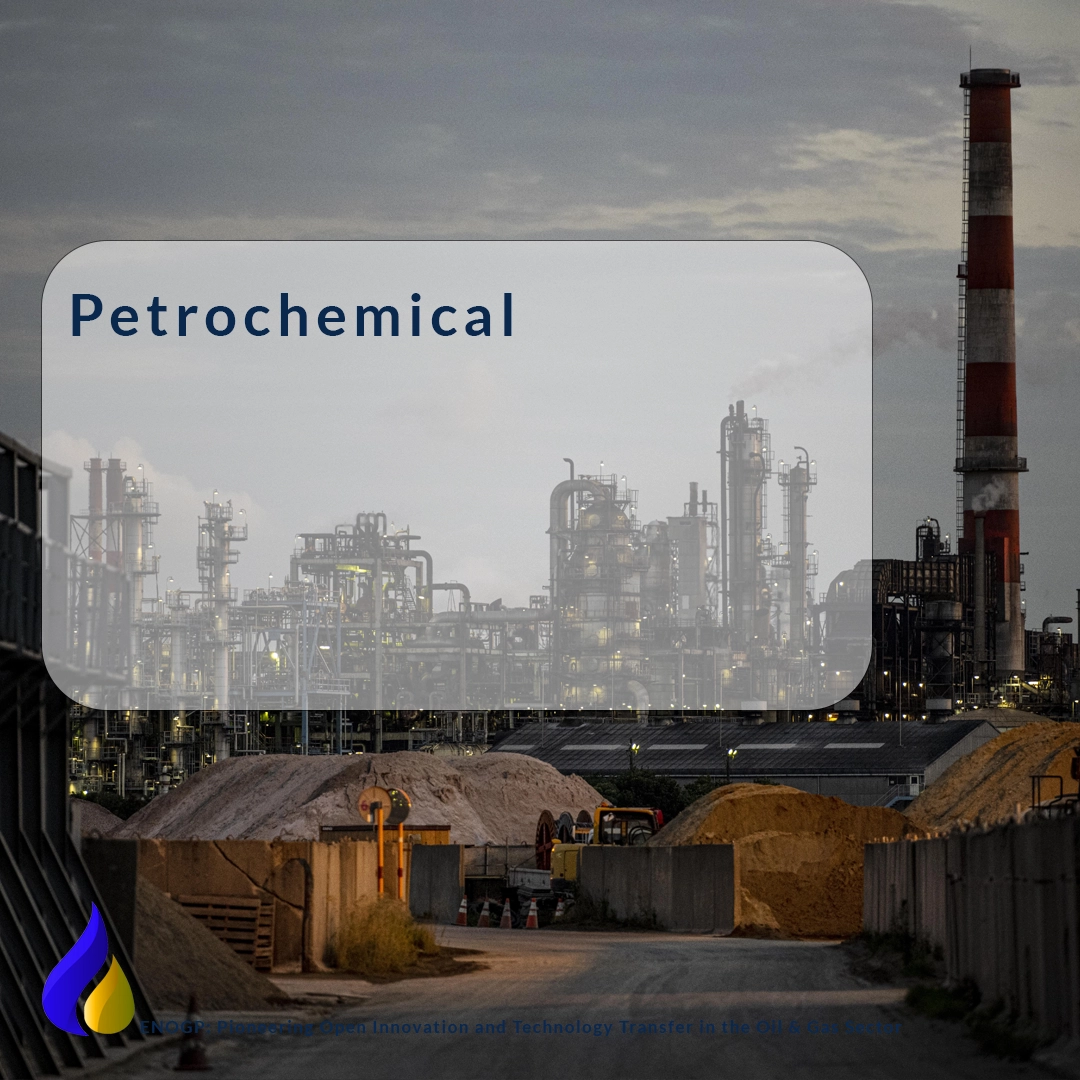Blog

Engineering Performance at ENOGP
In today’s energy-driven world, the petrochemical industry stands at the intersection of innovation and necessity. At ENOGP, headquartered in the Jebel Ali Free Zone, United Arab Emirates, we see ourselves not merely as a manufacturer of petrochemical products — but as engineers of performance. From the first design of a

General Purpose Polystyrene (GPPS): A Comprehensive Exploration
General Purpose Polystyrene (GPPS) is one of the most widely used thermoplastic polymers in the world. Its crystalline clarity, ease of processing, and relatively low cost have established GPPS as a cornerstone of applications ranging from packaging and household goods to laboratory equipment and consumer electronics. In this article, we

The Smart Science in Your Everyday: Polystyrene Explained
Have you ever paused to consider the humble packaging material that cradles your morning yogurt, the rigid casing surrounding your home appliance’s circuit board, or the lightweight foam cup that holds your mid-afternoon coffee? Despite its ubiquity, most of us scarcely know its name—polystyrene. Yet this versatile polymer underpins countless

The Future of Polystyrene 2025: Sustainability and Innovation
Polystyrene, a widely used thermoplastic polymer, has played a significant role in the modern materials industry for decades. Its lightweight nature, excellent insulation properties, and low cost have made it a favorite in packaging, construction, electronics, and more. However, environmental concerns and emerging regulations are reshaping the trajectory of this

Polystyrene in Petrochemicals
Polystyrene in Petrochemicals plays a vital role in various industrial sectors due to its unique combination of properties and adaptability. As a widely used thermoplastic polymer, Polystyrene in Petrochemicals has become a cornerstone in the production of numerous products in packaging, electronics, and construction. In this article, we will explore

Revolutionizing the Future: Open Innovation in Petrochemicals
Open Innovation in petrochemicals involves leveraging external partnerships, sharing knowledge across organizational boundaries, co-developing solutions, and applying cross-industry expertise to accelerate discovery and commercialization. This approach is not just a trend—it’s becoming a strategic necessity for players in the petrochemical sector who want to lead in a low-carbon, circular, and
Click here for further information
ENOGP Blog:
Future-Proofing the Petrochemical and Energy Sectors:
How Innovation, Technology Transfer, and Engineering Collaboration Are Revolutionizing the Evolution of Polystyrene and Beyond
The petrochemical and energy sectors are undergoing rapid transformation. Market demands, sustainability imperatives, and technological disruptions are reshaping how these industries operate. At the core of this evolution lies a triad of powerful forces: innovation, technology transfer, and engineering collaboration. These drivers are not only optimizing existing processes but also enabling breakthroughs—particularly in high-demand materials like polystyrene foam, polystyrene insulation, and styrofoam—to meet modern industrial, environmental, and economic needs.
This article explores how these forces are future-proofing the petrochemical and energy industries, with a particular focus on the role of R&D, open innovation, and strategic industrial partnerships. It also analyzes emerging technologies, market trends, and the critical value of cross-sector collaboration for sustainable development and competitive growth.
The Petrochemical Industry: At a Crossroads of Innovation and Sustainability
The petrochemical industry has long been the foundation of numerous value chains, from automotive and construction to packaging and pharmaceuticals. However, it is now navigating an inflection point where sustainable innovation is not optional—it is vital for survival and success.
Petrochemical Industry Advancements and Sustainability Trends
Innovations in catalyst design, process intensification, and energy-efficient cracking technologies are making petrochemical production cleaner and more cost-effective. These advancements reduce greenhouse gas emissions and lower energy consumption, aligning with global carbon-reduction commitments.
Equally significant is the growing demand for biodegradable materials, circular economy models, and green chemistry. Leading companies are investing in R&D centers focused on low-carbon and renewable feedstocks, such as bio-based ethylene and recycled polystyrene foam.
Technology Transfer in Petrochemicals
Technology transfer has become a cornerstone of innovation in this space. Whether through licensing, joint ventures, or academic-industry collaboration, companies are accelerating the commercialization of lab-scale breakthroughs into full-scale industrial applications.
Key focus areas include:
Technology Transfer in Petrochemicals for clean energy processes
Industrial Collaboration and Technology Transfer to deploy digital twins and AI for plant optimization
The Role of Technology Transfer in Industrial Growth, particularly in emerging markets and transition economies
R&D in Petrochemicals: The Innovation Engine
Investments in research and development are yielding significant dividends. From novel polymerization processes to advanced circular solutions for plastics like polystyrene sheets, polystyrene foam, and styrofoam packing peanuts, R&D is helping reshape industry standards.
R&D in Petrochemicals is increasingly focused on environmental performance
The Rise of Polystyrene: Innovation, Applications, and Industry Transformation
Polystyrene is one of the most widely used thermoplastic materials in the world, known for its versatility, cost-effectiveness, and broad range of applications. From styrofoam sheets to polystyrene packaging, expanded polystyrene (EPS), and extruded polystyrene (XPS), polystyrene foam remains a cornerstone material across industries. However, as sustainability and innovation redefine expectations, the polystyrene industry is evolving rapidly to stay relevant in a future-focused energy and petrochemical landscape.
Polystyrene Industry and Sustainability
Recent technological advancements have led to new grades of polystyrene with improved mechanical properties, thermal insulation, and recyclability. The development of closed-loop recycling systems, chemical recycling processes, and biodegradable polystyrene variants are reshaping the industry’s environmental footprint.
Major petrochemical companies are now:
Investing in recyclable and biodegradable polystyrene foam
Creating alliances for circular polystyrene economy models
Leveraging Technology Transfer in Petrochemicals to apply novel recycling methods across global markets
Polystyrene Applications in Various Industries
Polystyrene in various industries plays a crucial role in enhancing product performance, reducing weight, and minimizing cost:
Construction: Expanded polystyrene (EPS) and extruded polystyrene (XPS) provide high-performance insulation with energy efficiency benefits.
Packaging: Lightweight, protective, and hygienic, polystyrene packaging remains a top choice for food containers, medical packaging, and electronics.
Automotive: High-impact polystyrene (HIPS) is used in dashboards, interior trims, and lightweight structural components.
Consumer Electronics: Its moldability and strength make it suitable for casings and internal supports.
These polystyrene applications are continually being reimagined through Innovation in the Petrochemical Industry, enhancing both functionality and sustainability.
Open Innovation and Technology Transfer: Enabling Cross-Sector Growth and Resilience
In a rapidly evolving global economy, the petrochemical and energy sectors must continuously innovate—not in isolation, but through collaboration, knowledge sharing, and technology diffusion. That’s where Open Innovation and Technology Transfer come into play as essential drivers of transformation and resilience.
Understanding Open Innovation in Petrochemicals
Open Innovation refers to a model where organizations go beyond internal R&D and actively seek ideas, technologies, and solutions from external sources—such as startups, universities, research institutes, and even competitors. In the petrochemical industry, this model enables faster, more cost-effective development of:
Polystyrene recycling technologies
Low-emission production methods
Sustainable feedstock alternatives
Energy efficiency solutions
Open Innovation Projects are increasingly facilitated through:
Innovation hubs and digital platforms
Joint ventures between corporates and R&D centers
Startup accelerator programs focused on chemical engineering and materials science
These Open Innovation Collaborations in Industry are not only enabling faster product innovation but also fostering more sustainable and inclusive growth.
Technology Transfer in the Petrochemical Industry
Technology Transfer is the process of sharing or licensing knowledge, technologies, processes, and data from one organization or country to another. In the petrochemical sector, it serves as a critical mechanism for:
Scaling laboratory breakthroughs to commercial production
Spreading emerging technologies in energy and petrochemicals across regions
Building capacity in developing markets
Standardizing safety, quality, and environmental protocols
Technology Transfer in Petrochemicals often involves:
Licensing deals
Collaborative R&D
Supplier development programs
Joint technical training and infrastructure sharing
This mechanism ensures that innovations in the energy industry are not siloed, but scaled globally to achieve collective industrial advancement.
Future-Proofing the Petrochemical and Energy Sectors
The future of the petrochemical and energy industries is being shaped by dynamic forces of change, particularly innovation, technology transfer, and collaborative engineering. From the advancement of polystyrene applications to the integration of renewable energy systems, these sectors are evolving at an unprecedented pace.
Companies that embrace open innovation models, invest in R&D, and engage in strategic partnerships are more likely to lead the way in this transformative era. With a keen focus on sustainability, technological progress, and global collaboration, the petrochemical and energy industries will not only be future-proofed but will also thrive in an increasingly interconnected and environmentally conscious world.


